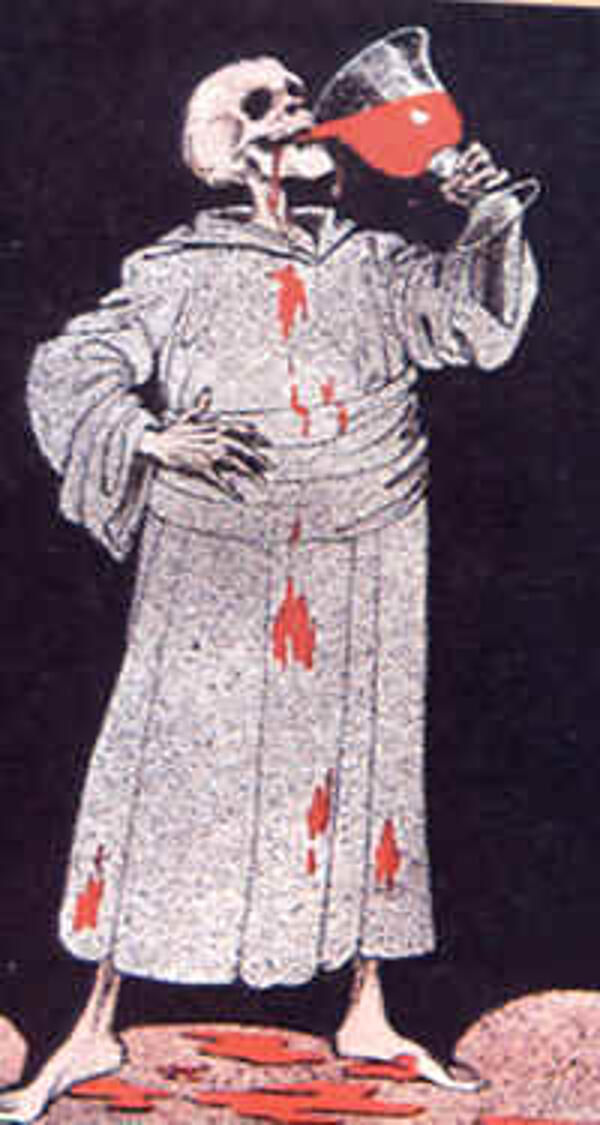Propaganda and World War One
As with any war, propaganda was an important part of World War One, and the truth was lost in many cases as a result.
The use of propaganda made sure that the public was only aware of the news and ‘facts’ their government wanted them to know, and the lengths governments went to (on both sides) to increase hatred towards the enemy were limitless.
In fact, all forms of information were controlled during the war, with newspapers checked by the government to ensure they printed what they were expected to print, regardless of the information coming from other sources. This was achieved with little difficulty due to the fact that the newspapers were owned by wealthy media barons who were happy to follow the instruction of the country’s leaders.
Many headlines were printed with the sole intention of stirring up resentment and emotion among the public, regardless of whether or not the headlines were actually true. Two of the most famous included:
“Belgium child’s hands cut off by Germans”
“Germans crucify Canadian officer”

Meanwhile, the German’s were using the same tactic - printing headlines that were widely incorrect in order to increase hatred against the Allied nations. Two of the most famous included:
“French doctors infect German wells with plague germs”
“German prisoners blinded by Allied captors”
One story that fell victim to the anger of the Allies was the story of monks in Antwerp who were forced to ring bells to celebrate German occupation of the city. Once the story had travelled far from the Western Front, it had turned into a story of monks refusing to ring bells in celebration, only to be tied to the clappers and killed.
While this was all incorrect, the story provided strong justification for the continuation of the fighting and so the media continued to print this and many others like it.
Despite the popularity of the newspapers among the government officials as a means of spreading false rumours, the media was also used to publish casualty figures that emphasised British success. As such, Britain and many other countries regularly published false statistics.
This practice was so common that the citizens of Paris had no idea about the danger that Verdun was in during the early stages of an attack from the Germans despite being just 150 miles away. In fact, the authorities were so keen on reducing negative news about their battles that those caught spreading the truth were often arrested.
Britain was guilty of the same offence, and the Defence of the Realm Act listed the different things that reporters could not write about. This included:
- The number of British troops and where they are located
- Plans for future action
- Movement of British ships
- Information about British munitions supplies
Trying to keep within the rules stipulated by the act, one British newspaper printed the following:
“To the north of Ypres our progress has been continued, especially on our left. We have taken six quick-firers, two bomb-throwers, and much material; and made several hundred prisoners, including several officers.
The losses of the enemy were extremely high. At a single point on the front, in the proximity of the canal we counted more than six hundred German dead.
On the heights of the Meuse, on the front Les Eparges-St Remy-Calonne trench, we have continued to gain ground, about one kilometre, and have inflicted on the enemy very severe losses.”
This extract was printed on April 1915 and fails to provide any details of the number of British soldiers killed in Ypres, or the scenes at Victoria Station when carriages full of injured soldiers arrived in London.
However, the German’s reported on the battle in a very different way:
"In Flanders the British yesterday again attempted to regain the ground they had lost. In the afternoon they attacked from both sides but the attack completely broke down. An evening attack further east failed, with severe British losses."
MLA Citation/Reference
"Propaganda and World War One". HistoryLearning.com. 2025. Web.
